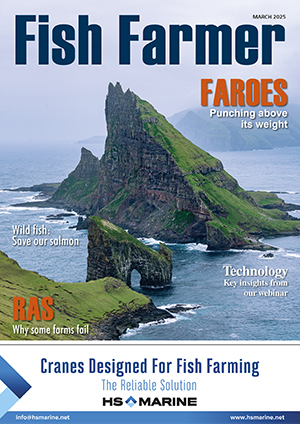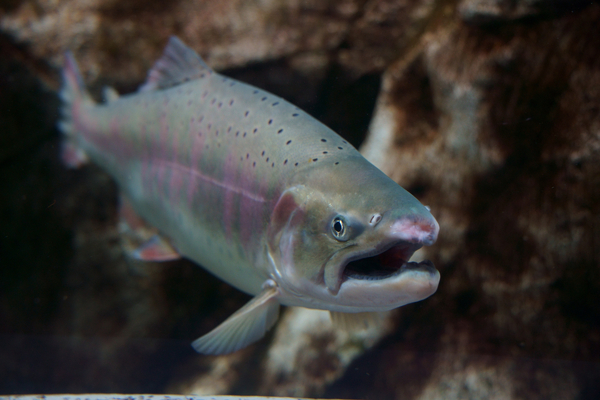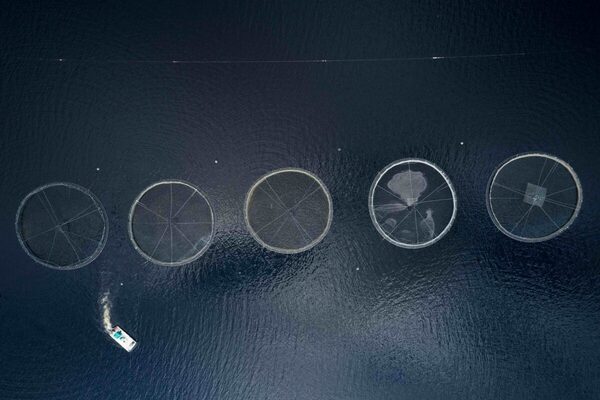Pearls and pufferfish: aquaculture in China
China is both a growing market for seafood and, increasingly, an aquaculture powerhouse.
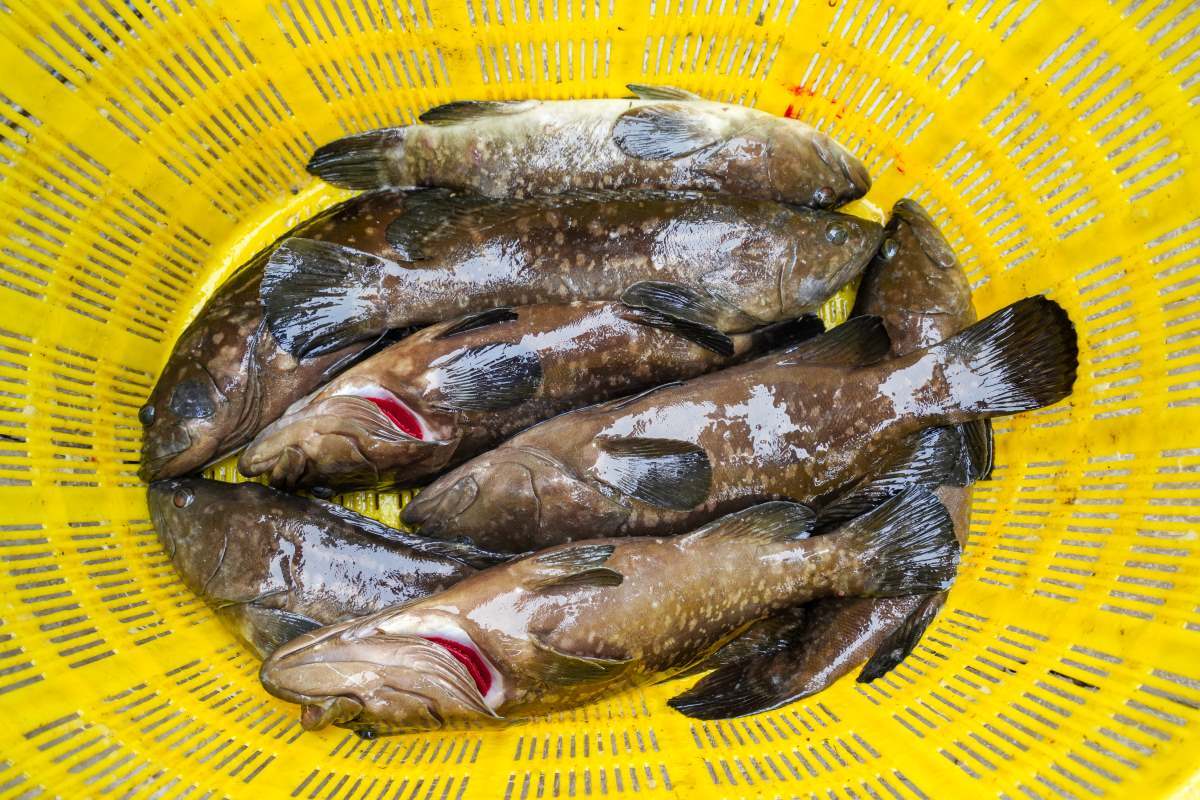
When it comes to aquaculture growth and China, comparisons with other countries just fly out of the window.
With 1.4 billion mouths to feed, Beijing needs every morsel of fish it can get hold of.
Little wonder, then, that aquaculture production in the country now exceeds 55 million tonnes, involving more than 800 species. It is the most diverse in the world and, whether freshwater or seawater, it is growing at a remarkable rate.
Such demand clearly opens up almost unlimited export opportunities for western fish farming businesses, but are they taking advantage of them?
Norway has a firm base in China with its own base and seafood ambassador and it is clearly paying off for the country’s salmon farmers. Maybe it is time for other salmon-producing countries to follow Norway’s strategy?
China was the second largest growth market for Norwegian seafood towards the end of last year, with an increase of NOK 121 million (£8.5m), or 33%. In total, the Chinese are buying Norwegian salmon for NOK 490 million (£34m) a month.
“China received a boost last year after the corona pandemic, and the market was particularly strong at the beginning of 2023. This year, the import volume of Norwegian salmon has continued to increase, and this autumn demand has been significantly stronger than at the same time last year,” said Seafood Analyst Paul T Aandahl of the Norwegian Seafood Council, speaking at the end of last year.

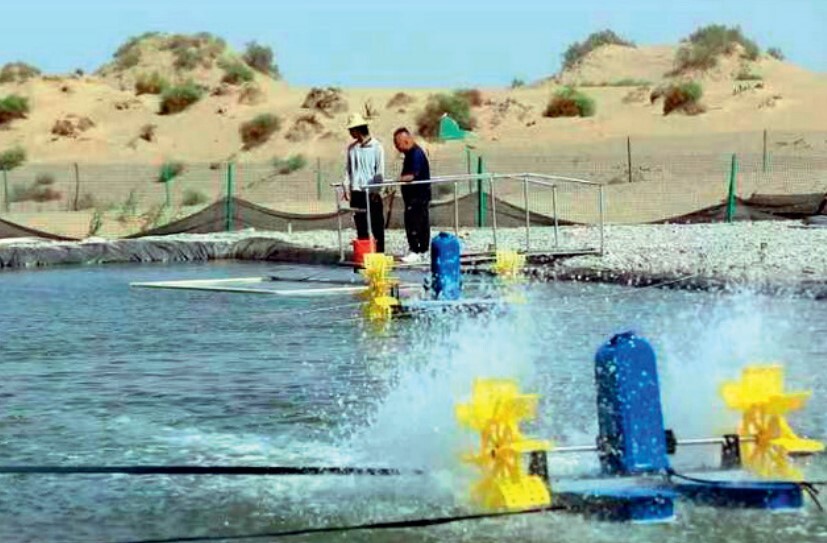
Norway is the largest supplier of fresh whole salmon to China with a market share of 45%. Nearly 40% of global fish production in 2022, the most recent year for which figures are available, was Chinese.
One of the main reasons why China is now so dependent on aquaculture is because it has over-fished its natural stocks.
Its marine catch declined from 14.4 million tonnes in 2015 to 11.8 million tonnes in 2022, a fall of nearly 18%, the United Nations Food and Agricultural Organisation (FAO) says.
The China Fishery Statistical Yearbook says that to compensate for the declining domestic catches, China has also expanded its distant-water fishing (DWF) operations since 2000.
Production in 2022 was 2.33 million tonnes, up by nearly 4% year-on-year and accounting for almost 18% of national wild catch.
So the decline in traditional fish activity has forced Beijing to hugely increase its fish farming sectors.
With declining marine catch and constraints on distant-water fishing, China began looking to aquaculture to ensure future food security. Its aquacultural output was already four times that of capture fishing by the end of 2020, the last year of the 13th Five Year Plan. The importance of developing the sector was further asserted in the plan that followed.
This transition means that China is now a significant driver of aquaculture worldwide, accounting for 55% of production in Asia and now far exceeds vessel catches, with species from carp to pufferfish being farmed.
This development has not been orderly or properly planned in some areas, leading to pollution from fish farms and the over-liberal use of medication.

Zhou Wei
Zhou Wei, Head of the Oceans Programme at Greenpeace East Asia, told Dialogue Earth, the independent environmental news site: “Farming certain carnivorous fish like shrimps and crabs requires large amounts of feed made from wild juvenile fish, which puts wild stocks under pressure. There are concerns about the sustainability of this kind of model.”
China began promoting green aquaculture technologies in 2021 to make the fish-farming industry more sustainable. The measures include controlling wastewater discharge, reducing drug use and mixing juvenile fish with land-harvested ingredients to create “compound feed”.
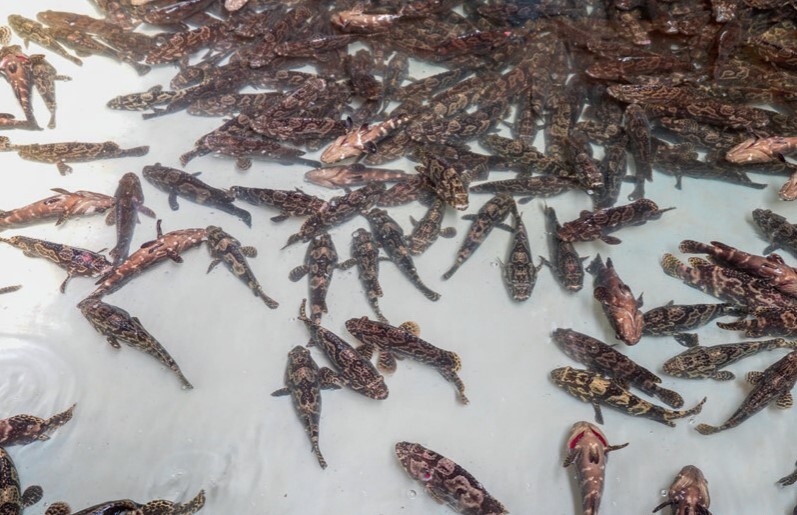
In the same year, the government finalised aquaculture planning nationwide to mitigate adverse environmental impacts. As part of this planning work, local and national authorities designated certain zones for general aquaculture, others for “restricted aquaculture” with stricter environmental standards, and others where aquaculture is banned.
However, gaps remain between policy and practice. Zhou says insufficient supporting personnel and skills have held back policy implementation.
However, traditional fishing remains a powerful industry in China and now stretches far from its shores with large scale operations off the coast of West Africa, for example, and the obvious threat to stocks at the expense of local populations.
Beijing has more than 3,000 distant water fish vessels in active operation, the most powerful fleet in the world.
But the transition to aquaculture will continue because natural stocks are diminishing and at pace. At the same time the world population, and demand for seafood, continues to grow.
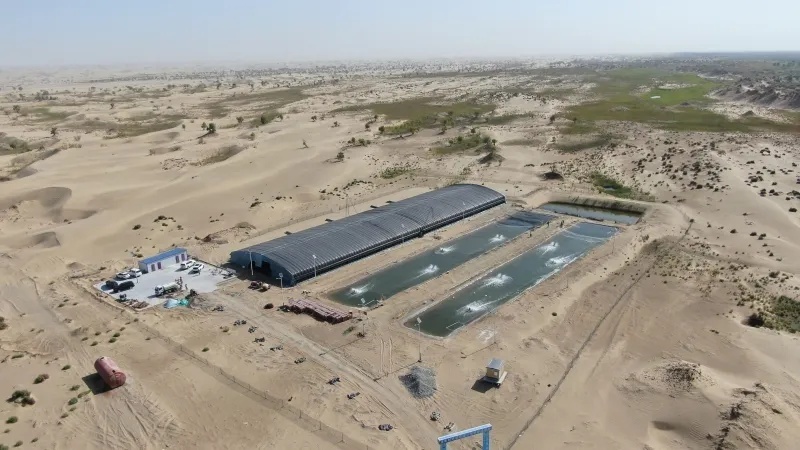
Desert pearls
Millions of pearls are already being harvested in the Taklamakan Desert, which is not, perhaps, the obvious location to grow oysters.
They are being artificially cultivated in the deserts of the Xinjiang Uygur autonomous region, as China pushes forward with an ambitious plan to turn the arid region into a hub for aquaculture.
The pearl farming project was first launched in 2022, but only recently attracted public attention in China when a video of a local farmer showing off a fistful of pearls went viral on social media, state news agency Xinhua reported.
Chinese authorities have been encouraging private investment in aquaculture across China’s north-western provinces since 2017, with companies using innovative techniques to convert the water inside the region’s saline-alkaline lakes into artificial seawater.
Salmon, lobster, shrimp and tilapia are already being farmed on an industrial scale in lakes dotted across the vast Taklamakan Desert and the product is being sent to restaurants in many cities.
Now, efforts are under way to harvest pearls in the area. Investors from southern China have reportedly established a seafood breeding base in the heart of the Taklamakan – using micro-organisms to transform a local saline lake into a usable water source.
Last year, the investors began cultivating about two million pearl oysters, and they aim to begin selling their first pearls during the second half of this year.
According to local media, Xinjiang’s unique climate – with its huge temperature swings between night and day, and its long hours of sunshine – is excellent for pearl farming, as the pearls develop a rich lustre and texture.
The cultured pearls also have a side benefit of helping improve the water quality of local lakes, reducing water treatment costs for aqua farms in Xinjiang.
Xinjiang produced 184,000 tonnes (405.7 million pounds) of aquatic products worth 3.86 billion yuan (£425m) last year, according to local government data.
The local government predicts that the output value of Xinjiang’s entire aquaculture industry could ultimately reach about 20 billion yuan (£2.2bn).
Consult our online business directory to connect with trusted aquaculture experts on your next big project!
